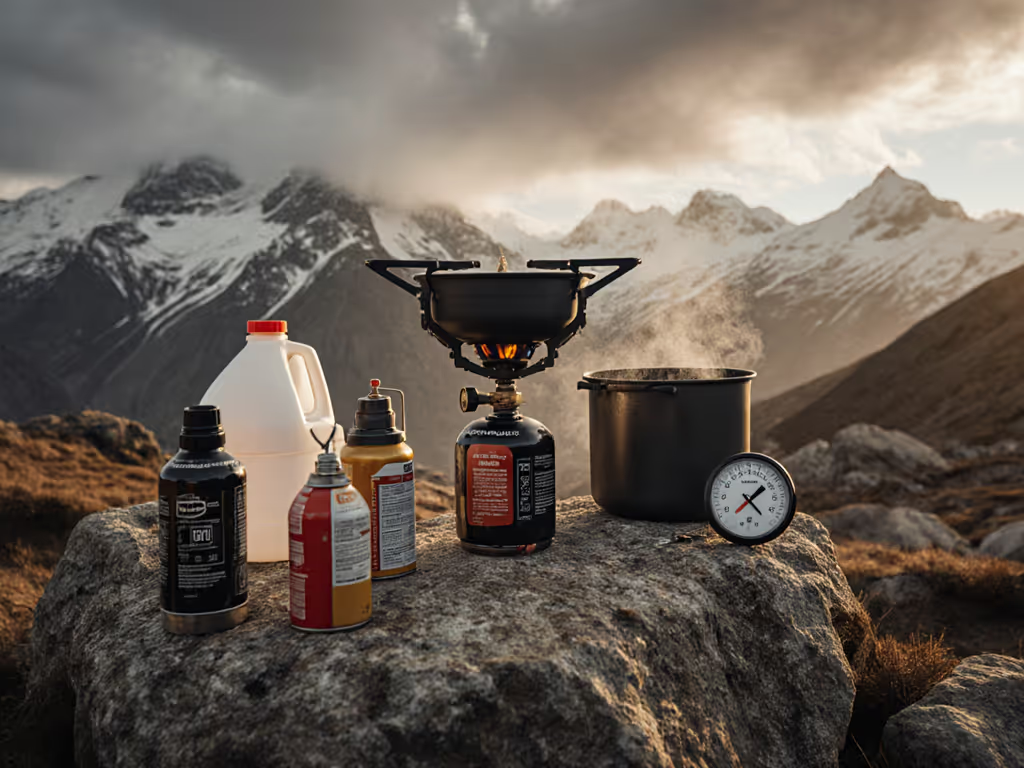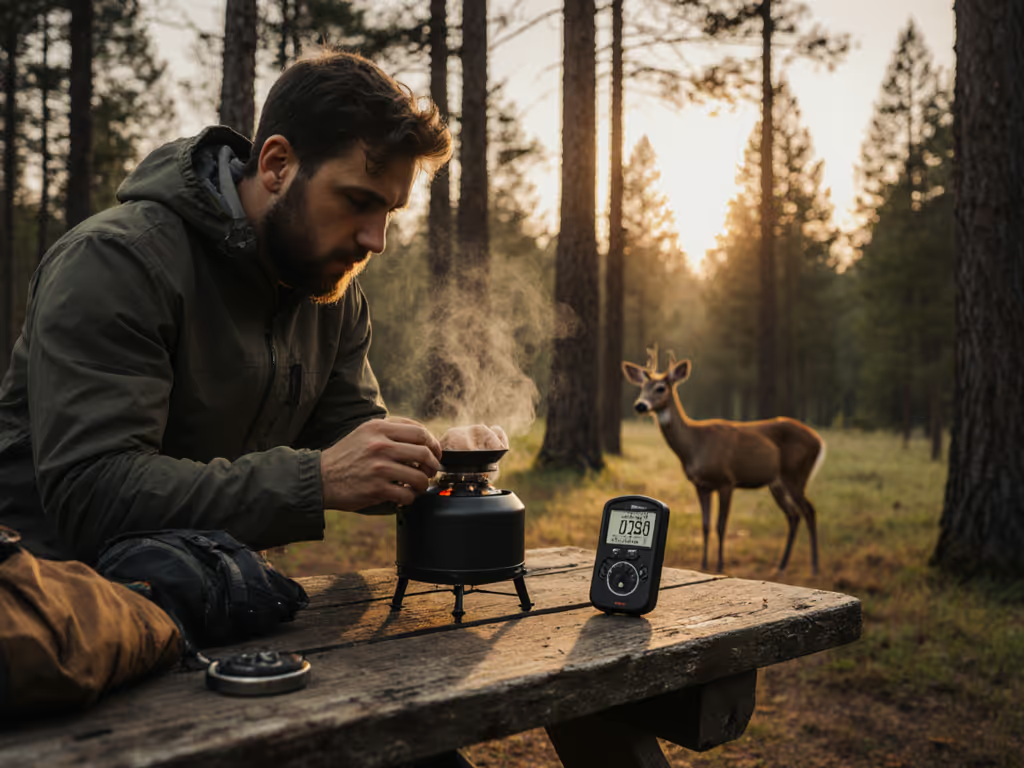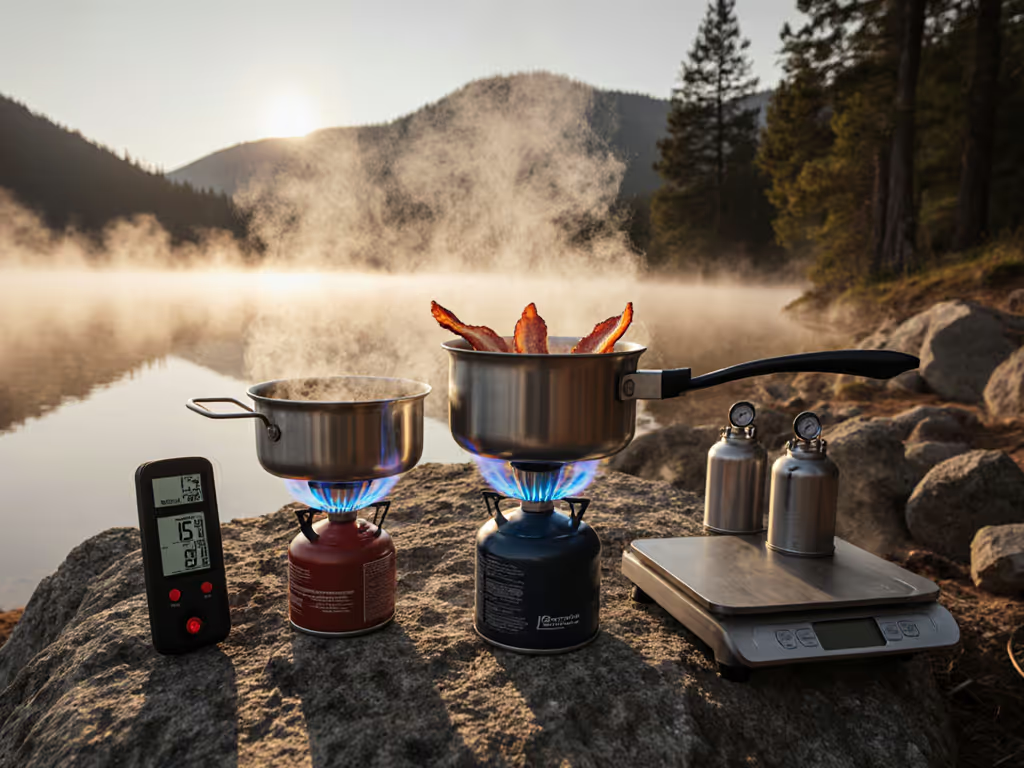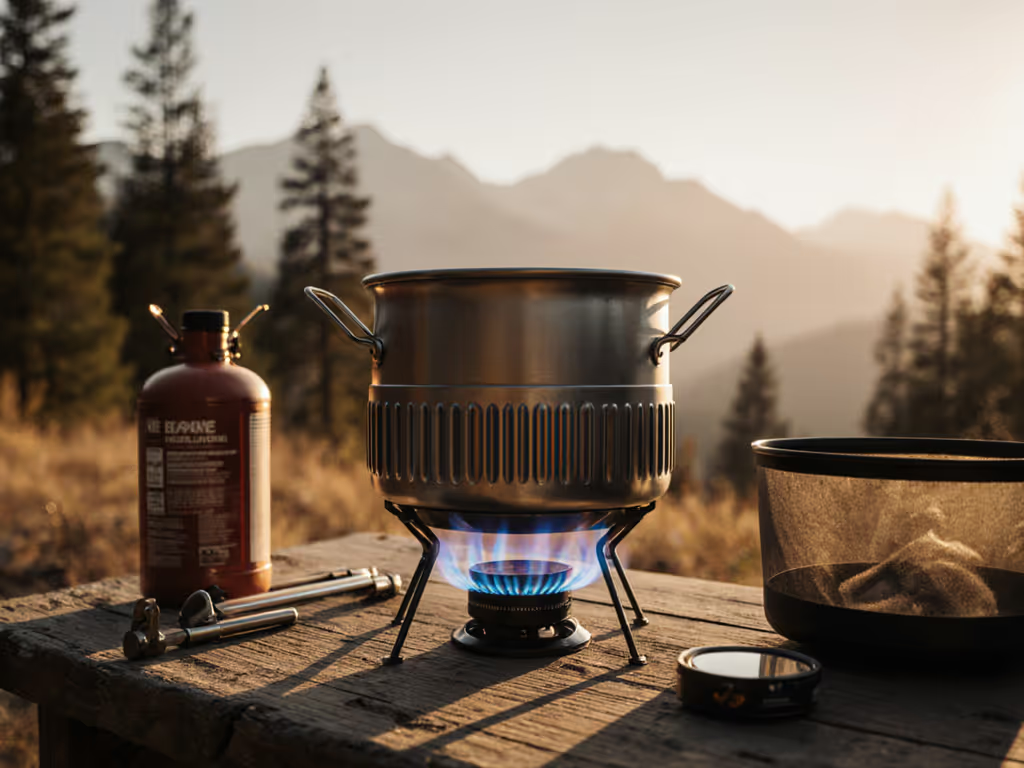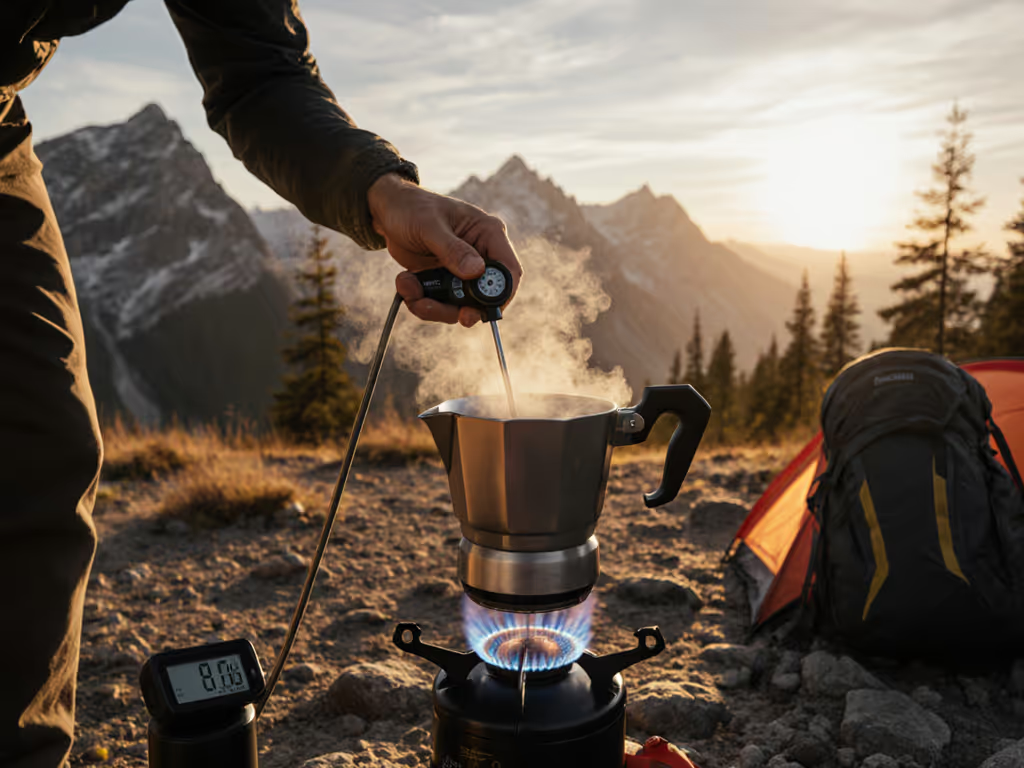
Your Camping Stove Fuel Decision: Safety First
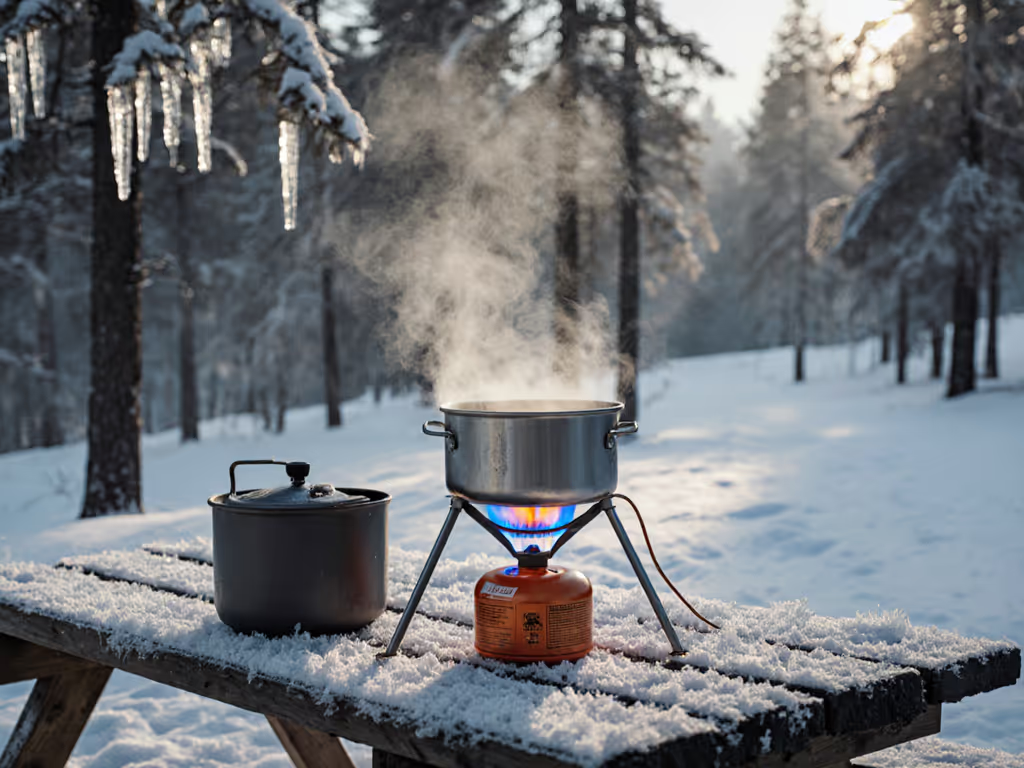
When your fingers are stiff at minus fifteen and you need liters of water before first light, your choice of camp stove wood fuel could mean the difference between hot tea and a frozen stove. Too many backcountry travelers still treat stove fuel as an afterthought rather than the critical safety component it is. This isn't about having a camping stove that merely works, it's about having one that keeps working when conditions turn lethal. I've watched teams fail at altitude when liquid fuel gelled at 20°F below zero while others thrived. In winter, the margin between safety and emergency isn't measured in luxury, it's measured in millimeters of fuel flow and seconds of reliable ignition.
Fuel Physics: Why Temperature Matters More Than Marketing Claims
Most consumer stove reviews never mention that butane's vapor pressure drops to 0.5 PSI at 20°F, rendering standard canister stoves nearly useless. Butane vs propane isn't just a theoretical discussion, it's a survival calculus. Propane maintains usable pressure down to -44°F, but standard mixed-gas canisters (typically 80% isobutane/20% propane) still fail around 22°F as the propane depletes first. At 14°F, that "winter-tested" canister stove might be burning only liquid fuel with inconsistent flame, risking regulator freeze.
Cold punishes mistakes; redundancy and priming keep kitchens alive.
For temperatures below freezing, liquid fuels like white gas remain your most reliable option, not because of nostalgia, but because of physics. White gas boils at 100°F, meaning it vaporizes readily even in extreme cold. When planning a winter expedition, I specify exact fuel states: "At -10°F, white gas remains fully liquid; pump pressure must exceed 15 PSI to maintain consistent flow." Never assume ambient temperature equals fuel temperature. Keep your fuel bottle inside your parka during transit. I've seen frozen regulators incapacitate teams while others with warmed bottles kept melting snow through the night.
The Wood Fuel Reality Check: Why It's Not a Reliable Primary Option
While "camp stove wood fuel" systems get romanticized online, they present critical limitations that most reviews gloss over. Burning wood in sub-20°F conditions requires perfectly dry fuel (which is nearly impossible to find under snow), extensive time to build adequate embers (15-20 minutes minimum), and produces inconsistent heat that struggles to melt significant snow volumes. In wind above 15 mph, which frequently accompanies winter storms, maintaining a wood fire requires constant vigilance that competes with other survival priorities.
I've mentored groups who switched to wood stoves to avoid carrying fuel weight, only to realize at 10,000 feet that finding dry tinder consumed more calories than the fuel they'd saved. Worse, wood fires rarely reach the 180°F threshold needed for efficient snow melting, meaning you expend 50% more time and energy for the same water volume compared to liquid fuel systems. For emergency backup? Acceptable. As your primary alternative camping fuels solution in winter? Dangerous overconfidence.
Critical Safety Systems: Your Cold-Weather Protocol
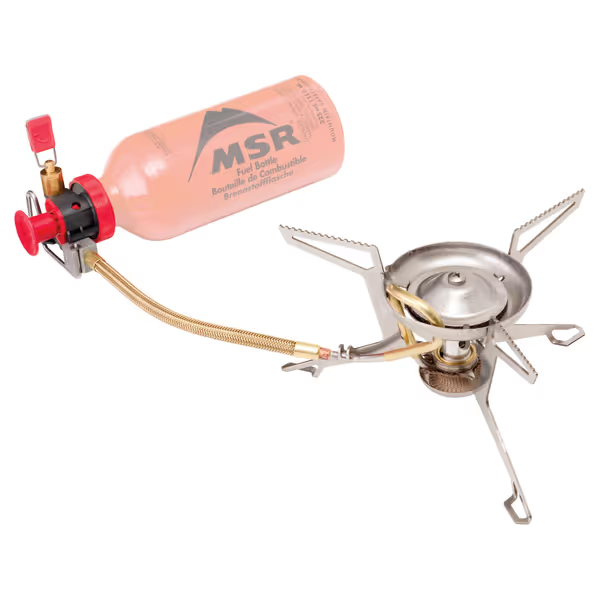
MSR WhisperLite International
Every winter kitchen system must include three non-negotiable redundancies:
- Dual fuel sources: Carry at least 1.5 times your calculated fuel needs, with separate containers
- Priming protocol: Always warm fuel to body temperature before ignition attempts
- Wind management: Never enclose a stove completely, use partial windscreens with 2" clearance
When temperatures drop below 10°F, separate melt and brew cycles become critical. Melting snow requires sustained low heat (20-30 minutes per liter), while brewing demands higher heat for shorter periods. Attempting both in one cycle wastes 40% more fuel and risks boiling dry, the leading cause of stove failures in winter. At -20°F, I enforce a hard rule: prime stoves away from soft goods, never add fuel to active flames, and maintain 3-foot clearance from all combustibles.
Calculating True Fuel Efficiency: Beyond Marketing Boasts
Don't trust manufacturer boil times. They're measured in windless labs at 70°F. Real-world fuel efficiency requires field-calculated adjustments:
- Add 25% for wind (10-15 mph)
- Add 40% for temperatures below freezing
- Add 60% for snow melting vs. water boiling
- Add 30% for high altitude (above 8,000 feet)
For a 4-person winter trip at 9,000 feet lasting 5 days with expected lows of -5°F, my calculation looks like this:
- Base water need: 2 liters/person/day × 4 × 5 = 40 liters
- Snow melt factor: 40L × 1.6 = 64L equivalent
- Temperature factor: 64L × 1.4 = 89.6L equivalent
- Wind/altitude factor: 89.6L × 1.55 = 139L equivalent
This means you need enough fuel to boil 139 liters of water, not the 40 liters your initial calculation suggested. Carrying only 40L capacity would leave you dangerously short on day three when morale and hydration are already critical.
Actionable Safety Protocol for Your Next Trip
Tonight, before your next expedition, execute this field-ready verification:
- Temperature test: Take your stove and fuel to your coldest expected environment (your freezer works for -10°F test)
- Priming drill: Practice lighting with gloves on, using your actual windscreen configuration
- Fuel warming: Time how long it takes to warm fuel from "frozen" to 70°F using your parka method
- Redundancy check: Verify you have separate containers with 1.5x your calculated fuel needs
Document your results. This isn't about speed, but about knowing exactly how your system behaves when lives depend on it. Your stove isn't just cooking equipment; it's a survival tool. In winter conditions, there's no such thing as "good enough," only "proven" and "untested."
When dawn comes at -20°F, you won't care which stove was lightest or most compact. You'll care which one delivered water when you needed it. Build your system accordingly.

